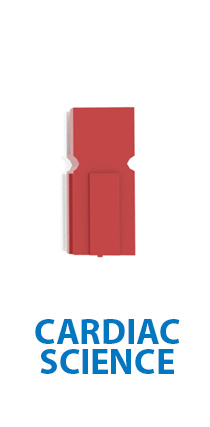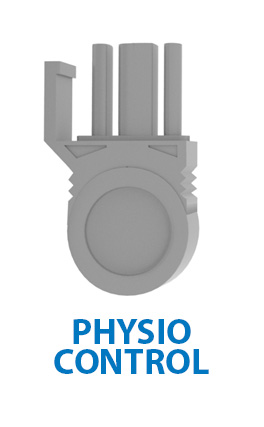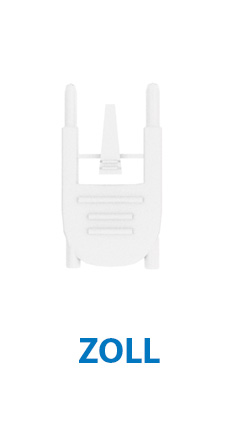When looking for a defibrillation pad, the decision-making process requires answers to some basic questions. By addressing these few simple asks up-front, the choice of pad type can be dramatically simplified. Here are the most important things to consider:
What defibrillation device will be used?
With recent changes to the classification of defibrillation devices and accessories by the FDA, the list of devices suitable for use in the United State has shortened. Even with fewer options available, it is important to know the device manufacturer when ordering. Each manufacturer of defibrillator utilizes a slightly different connector so this is typically the first question which should be addressed.
Who is the patient?
A patient type will typically fall into one of two categories. Adult or Pediatric. Most defibrillation electrodes are sized for these two potential patients. Pediatric defibrillation electrodes will often use a weight designation to denote when you should step up to the Adult size.

Will imaging be required?
If there is an expectation that a patient may need to have MRI or some other form of fluoroscopy done, then utilizing an electrode geared toward that purpose is helpful because it can reduce product waste in the hospital. In most cases, defibrillation electrodes used during imaging will have non-ferrous components in their construction. The use of ferrous materials will show on imaging and obscure the clinician’s view of the patient’s film. The waste reduction comes in the form of defibrillation electrode application prior to
and post-imaging. If the electrode is designed for imaging situations, there is no need to remove the electrodes beforehand and replace them after imaging.
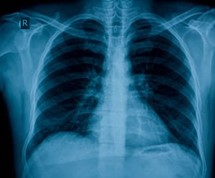
Is quick access to the electrode needed?
Quick access to defibrillation electrodes is an attribute which can best be determined by the electrode’s ability to be pre-connected to the defibrillator. This saves precious seconds needed to connect the pads to the device so that the only task is to open the electrode package and adhere to the patient. This is particularly useful for EMS professionals who need to act fast to administer life-saving care.
Please note: Pediatric defibrillation pads are NOT compatible with AEDs as they cannot be manually adjusted to reduce energy delivery.
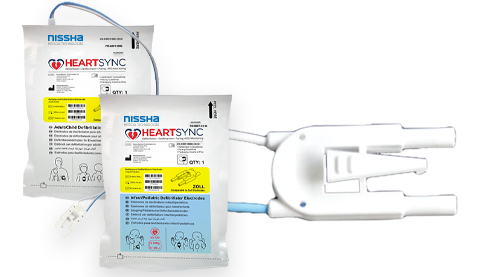
By answering these questions, medical professionals and staff can arrive at the best possible option for their needs.
HeartSync Defibrillation Pads can help answer many of these questions:
What defibrillation device will be used?
HeartSync is compatible with popular models of defibrillators from Physio-Control, Zoll and Cardiac Science in the United States. There are several other models with known compatibility in the rest of the world.
Who is the patient?
HeartSync has options for both Adult and Pediatric patients. Please note: Pediatric defibrillation pads are NOT compatible with AEDs as they cannot be manually adjusted to reduce energy delivery.
Will imaging be required?
HeartSync is available in both Tin (T100) and Carbon (C100) configurations to enable flexibility with imaging. If there is a need to conduct patient imaging with the defibrillation pads in place, then C100 pads are the best option.
Is quick access to the electrode needed?
Available in “Leads In” and “Leads Out” (pre-connect) variations, users have a choice in the level of access they would like.
Additionally, HeartSync has 60” leadwires which are the longest in the industry and provide better work space between the patient and defibrillation equipment. Better yet, all pads come equipped with a 36-month shelf-life helping to ensure optimal product performance for a year longer than many comparable defibrillation electrodes.
Learn more about HeartSync at: https://hs.nisshamedical.com/en/defibrillation-electrodes/

